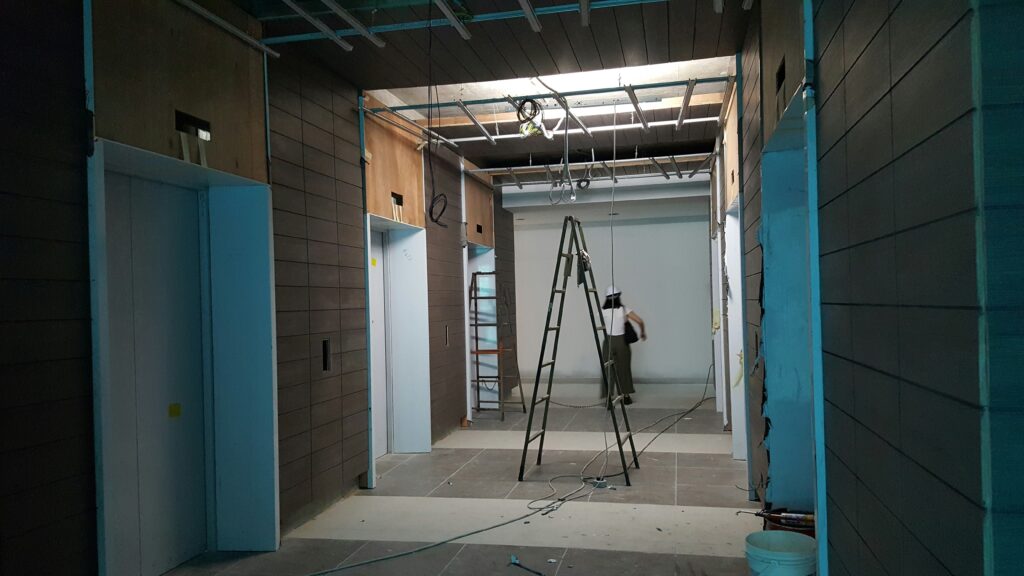Permit-to-Work Systems – Controlling Confined Space Hazards
The Importance of Permit-to-Work (PTW) Systems in Confined Space Safety
A Permit-to-Work (PTW) system is one of the most effective safety measures for managing confined space entry. It’s a formal, written document that ensures no work begins until all necessary Health, Safety, and Environmental (HSE) confined space requirements are met. This system acts as a safeguard by providing a clear and structured approach to managing high-risk activities in confined spaces, helping to prevent incidents and fatalities.
What a Confined Space Entry Permit Includes
A Confined Space Entry Permit is a critical part of the safety process, and it should contain detailed information that ensures all hazards are identified and addressed before work begins. Some of the essential elements a PTW should include are:
Identification of the Confined Space Location and Nature of Work
The PTW should clearly define the exact location of the confined space, its layout, and the nature of the work being performed. Whether the task involves cleaning, maintenance, welding, or other operations, the permit should provide a detailed description of the work scope.Known Hazards and Risk Control Measures
A critical section of the PTW is the identification of potential hazards associated with the confined space. This could include oxygen deficiency, toxic gases, potential engulfment, or physical hazards. Risk control measures should be outlined to mitigate these dangers, such as air testing, proper ventilation, or the use of PPE (personal protective equipment).Authorized Worker Names and Roles
The PTW should list the names of workers who are authorized to enter the confined space, along with their specific roles during the operation. This ensures that only trained and authorized personnel are allowed to enter, and it provides a clear chain of responsibility for the task.Validity Time and Date
The PTW should specify the exact time and date that the permit is valid for. This helps ensure that the work is completed within a designated time frame and that permits are regularly reviewed and revalidated if the conditions change or if the work extends beyond the designated period.Confirmation of Rescue and Emergency Procedures
One of the most crucial components of the PTW is the confirmation that rescue and emergency procedures are in place. This includes ensuring the availability of a rescue team, the appropriate rescue equipment, and a clear plan for evacuating workers in the event of an emergency. Rescue drills and the preparedness of the emergency team must be verified before work begins.
Why PTW Saves Lives
Despite all the safety measures in place, many confined space fatalities still occur due to overlooked hazards or improper procedures. A major contributing factor to these incidents is that workers often enter confined spaces without checking essential safety elements such as air quality, PPE, and emergency rescue readiness.
The Permit-to-Work system acts as a vital safety checklist, ensuring that every potential hazard is carefully considered and addressed before entry. By requiring formal approval for each step of the process and reinforcing safety checks, the PTW process minimizes human error and creates a robust framework for confined space safety.
Best Practices for PTW in Confined Spaces
To maximize the effectiveness of a Permit-to-Work system, certain best practices should be followed:
Train Workers on Reading and Following Permits
Workers should be fully trained in understanding how to read and interpret the confined space entry permits. They must be aware of the safety measures listed and how to comply with the outlined procedures. Training also includes ensuring that workers know the importance of adhering to the permit and not bypassing any safety steps.Display Permits at the Worksite Entrance
A visible display of the permit at the entrance to the confined space ensures that all workers and supervisory personnel are aware of the safety precautions in place. It serves as a constant reminder of the safety protocols and acts as a point of reference if any questions arise during the work.Revalidate Permits If Work Conditions Change
Confined space work conditions can change unexpectedly, such as the introduction of new hazards or environmental changes. Therefore, the PTW should be revalidated if conditions shift or if the work is extended beyond the original time frame. This ensures that new risks are assessed and control measures are updated accordingly.
Golden Rule: No Permit, No Entry
One of the simplest yet most effective rules in confined space safety is the “No Permit, No Entry” principle. This rule ensures that work cannot begin until the appropriate safety measures have been taken and the permit has been issued. By following this golden rule, organizations can prevent countless confined space incidents and fatalities. It’s a straightforward control that encourages accountability and maintains the highest safety standards.


